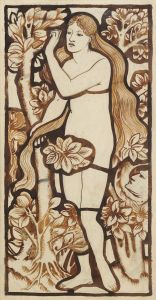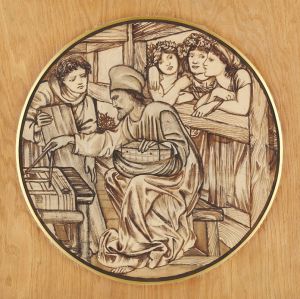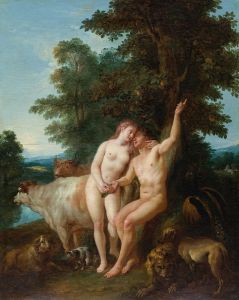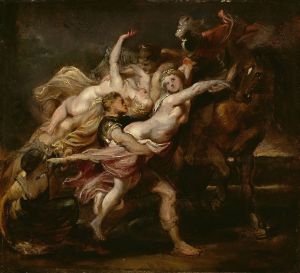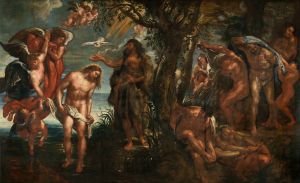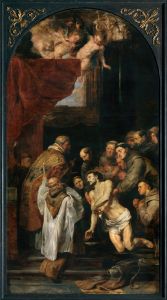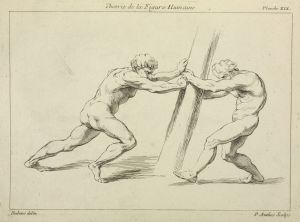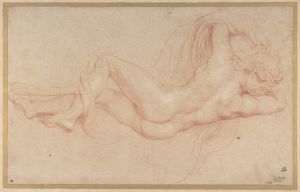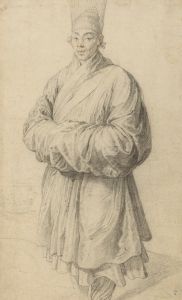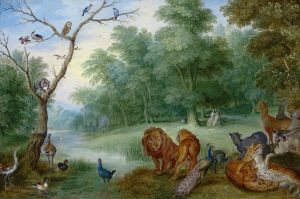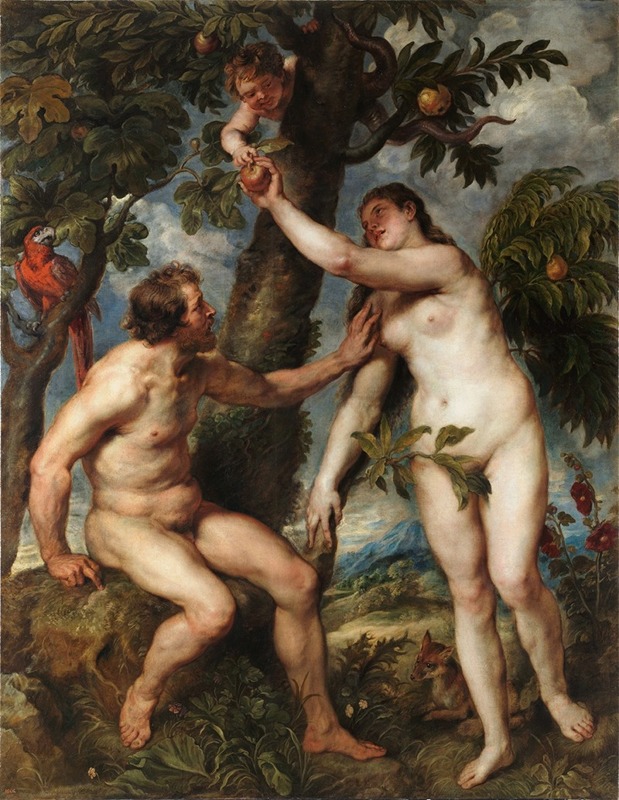
Adam and Eve
A hand-painted replica of Peter Paul Rubens’s masterpiece Adam and Eve, meticulously crafted by professional artists to capture the true essence of the original. Each piece is created with museum-quality canvas and rare mineral pigments, carefully painted by experienced artists with delicate brushstrokes and rich, layered colors to perfectly recreate the texture of the original artwork. Unlike machine-printed reproductions, this hand-painted version brings the painting to life, infused with the artist’s emotions and skill in every stroke. Whether for personal collection or home decoration, it instantly elevates the artistic atmosphere of any space.
"Adam and Eve" is a painting by the Flemish Baroque artist Peter Paul Rubens, created around 1628–1629. The artwork depicts the biblical story of Adam and Eve in the Garden of Eden, a subject frequently explored in Christian art. Rubens, known for his dynamic compositions and mastery of the human form, brings his characteristic style to this work, emphasizing the vitality and sensuality of the figures.
The painting portrays Adam and Eve standing together under a tree, with Eve holding the forbidden fruit, a central element in the narrative of the Fall of Man. The serpent, often symbolizing temptation, is entwined around the tree, offering the fruit to Eve. Rubens' depiction of the figures reflects his deep understanding of anatomy and his ability to convey emotion and movement. The lush background, filled with foliage and animals, creates a vivid representation of the Garden of Eden, showcasing Rubens' skill in rendering naturalistic details.
Rubens was heavily influenced by the Italian Renaissance, particularly the works of artists such as Titian and Michelangelo, and these influences are evident in "Adam and Eve." The painting demonstrates his ability to blend the idealized forms of the High Renaissance with the dynamic energy and dramatic contrasts characteristic of the Baroque period.
The work is notable for its rich color palette and the interplay of light and shadow, which enhance the three-dimensionality of the figures and the setting. Rubens' use of chiaroscuro adds depth and drama to the composition, drawing the viewer's attention to the central figures and the pivotal moment of temptation.
"Adam and Eve" is housed in the Prado Museum in Madrid, Spain, where it is part of the museum's extensive collection of works by Rubens. The painting is considered a significant example of Rubens' religious art and his ability to reinterpret classical themes with a Baroque sensibility.
This artwork reflects Rubens' broader interest in biblical and mythological subjects, which he explored throughout his career. His ability to convey complex narratives through dynamic compositions and expressive figures has secured his reputation as one of the most important artists of the Baroque era.






